News Beat
News Beat reporting is an idrw.org initiative to let our Readers to report News Based on Actual facts but some how has not been reported in Main Stream Media .
SOURCE: RAUNAK KUNDE / NEWS BEAT / IDRW.ORG
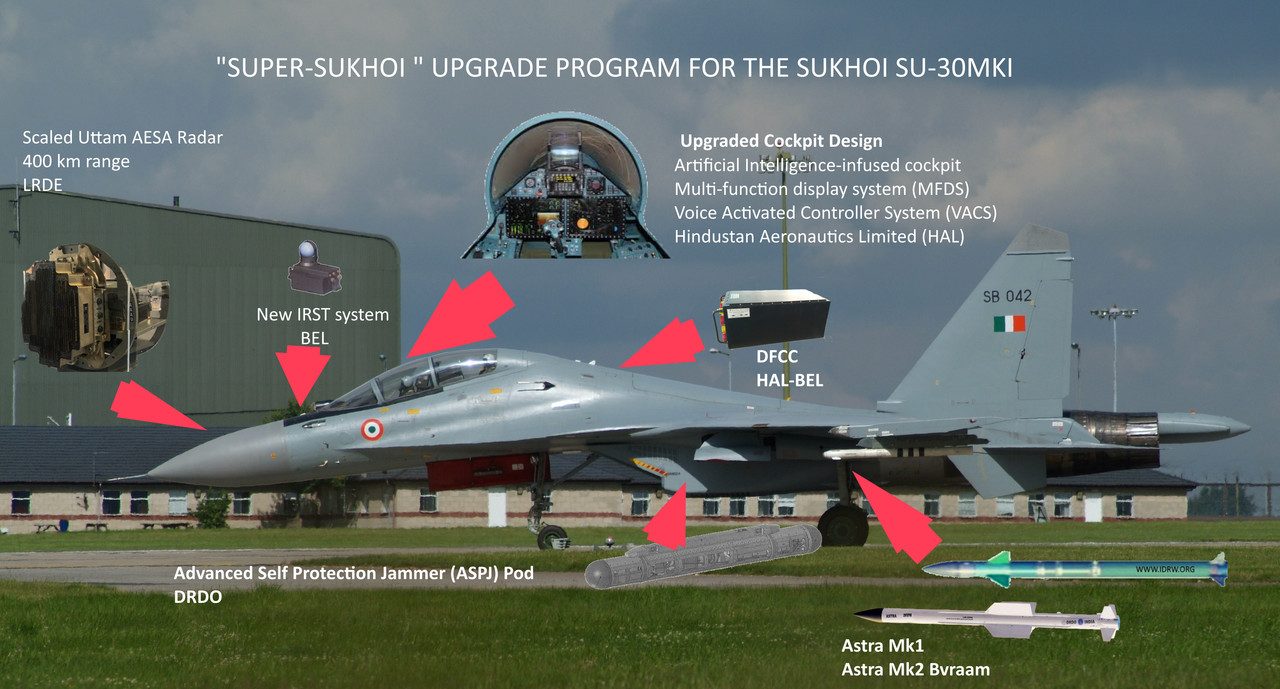
As Russia’s after-sales support for Su-30MKI/MKK/MKA operators diminishes, India is eyeing not only overhaul orders from countries with Sukhoi Su-30MKI fighters but also orders for mid-life upgrades for these platforms. According to sources familiar with the matter, told idrw.org that several nations operating Russian-origin Su-30MKI-based variants have been in contact with Hindustan Aeronautics Ltd. (HAL) and closely monitoring the “Super-30” upgrade program.
The “Super-30” upgrade initiative aims to modernize India’s current fleet of over 270 Su-30MKI fighters by replacing Russian-origin equipment and systems with Indian-made counterparts. This overhaul includes significant hardware upgrades to the aircraft, such as the integration of the Uttam AESA Radar, advanced Electronic Warfare (EW) systems, enhanced weapons systems, a modern Mission Control Computer, Infrared Search and Tracking (IRST) capabilities, digital cockpit, and various other systems.
Continue readingSOURCE: RAUNAK KUNDE / NEWS BEAT / IDRW.ORG
The development of India’s Twin Engine Deck-Based Fighter (TEDBF) has reached a crucial juncture as the program undergoes a series of design changes to meet the specific requirements of the Indian Navy. These changes include enhancements to the aircraft’s frontal Radar Cross Section (RCS) measures and the addition of three semi-recessed missile bays, a significant design adaptation that has not been seen in scaled models showcased till now.
The TEDBF program is closely monitored by the Naval Project Office located in Bengaluru, which was initially established to coordinate the development of the Light Combat Aircraft (Navy), or LCA (N). TEDBF, a canard delta wing, twin-engine, carrier-based, multirole combat aircraft, is being classified as a “5th generation minus” fighter by Dr. Girish S Deodhare, Director General of the Aeronautical Development Agency (ADA), which is overseeing the program.
Continue readingSOURCE: RAUNAK KUNDE / NEWS BEAT / IDRW.ORG
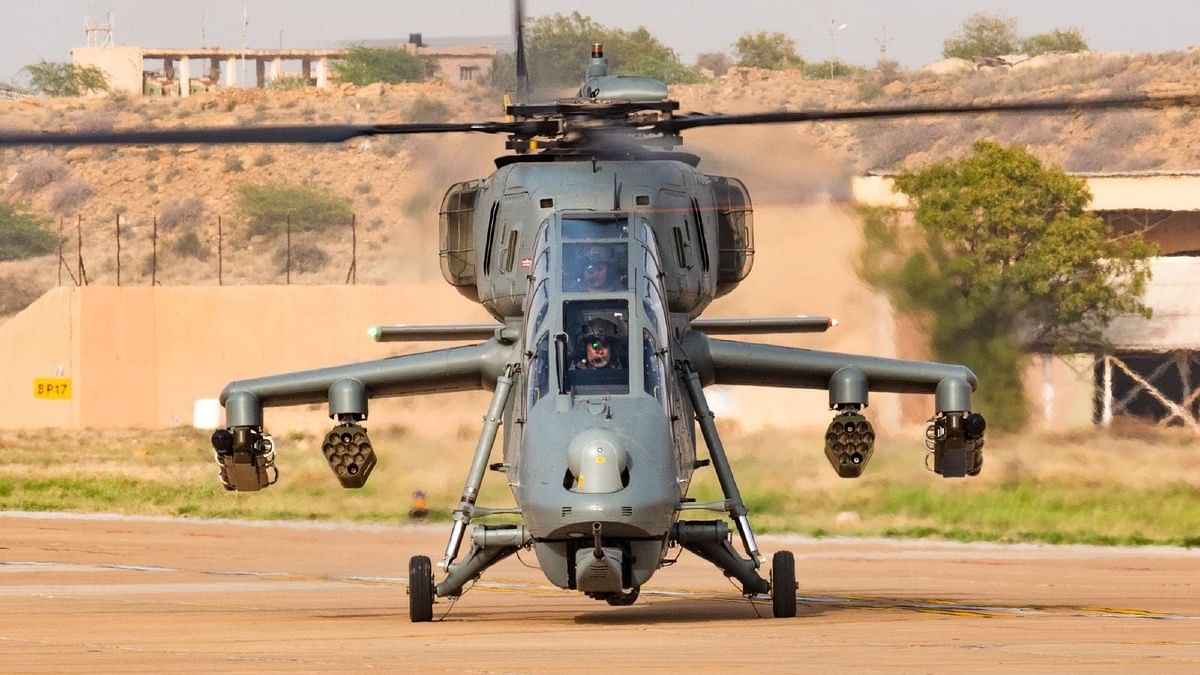
In modern warfare, the role of attack helicopters has evolved significantly. The recent experiences in conflicts such as the Ukraine War have highlighted the vulnerabilities of advanced attack helicopter systems. As the Indian Army and Indian Air Force (IAF) plan to procure a significant number of indigenous Light Combat Helicopters (LCH), they are also focused on equipping these helicopters with advanced weapons and technologies to reduce vulnerability and increase their effectiveness on the battlefield.
Recent reports from the Ukraine War have raised concerns about the vulnerability of attack helicopters. Russian Ka-52 Attack Helicopters, known for their advanced capabilities, have been experiencing significant losses. These helicopters are becoming increasingly susceptible to short-range surface-to-air missile systems and modern air defence systems. Flying at low altitudes, once a successful tactic, is no longer as effective, and it has become imperative to enhance the protection and capabilities of attack helicopters.
Continue readingSOURCE: RAUNAK KUNDE / NEWS BEAT / IDRW.ORG

The Indian Air Force (IAF) is gearing up to procure 114 fighter jets under the Multi-Role Fighter Aircraft (MRFA) tender, and the competition is heating up. Recent reports by “The Print” have revealed that three contenders have emerged as the top candidates to supply these aircraft. Boeing’s F-15EX, Saab’s Gripen-E, and Dassault’s Rafale are vying for this prestigious contract. This race has brought back memories of a previous competition in 2012, where the Eurofighter Typhoon was a front-runner in a now-cancelled tender for 126 jets under the Medium Multi-Role Combat Aircraft (MRCA) program.
In the 2012 MRCA competition, the Eurofighter Typhoon, alongside the Dassault Rafale, was one of the top contenders. The Eurofighter successfully cleared all technical evaluation rounds, showcasing its impressive capabilities. However, the Eurofighter ultimately lost the contract bid to the Rafale due to pricing. Dassault, the French firm behind the Rafale, emerged as the lowest bidder for the $10 billion contract, securing the deal.
Continue readingSOURCE: RAUNAK KUNDE / NEWS BEAT / IDRW.ORG
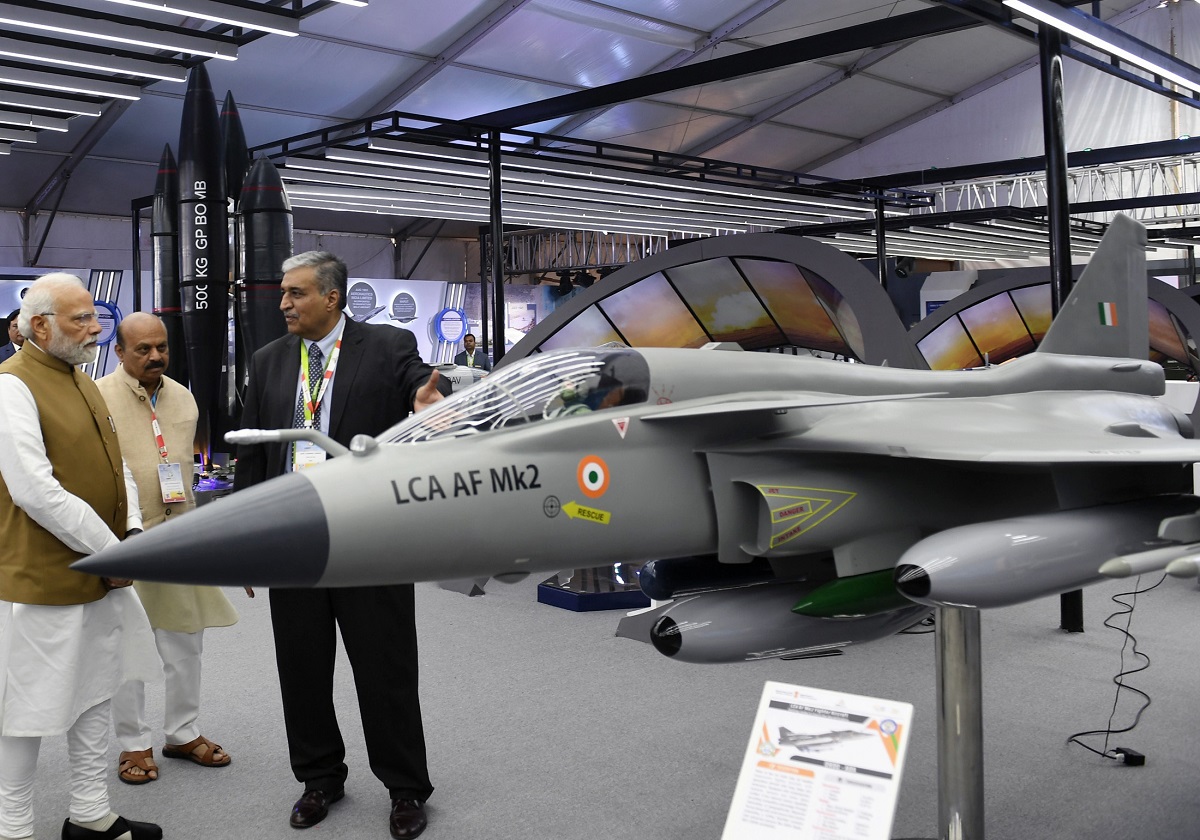
India’s indigenously developed Tejas Mk2, a 17.5-ton all-up weight (AUW) fighter aircraft, is on the horizon, and it promises to be a game-changer in terms of indigenization and capabilities. With its planned rollout next year, the Tejas Mk2 is set to become a symbol of India’s self-reliance in the field of defence aviation.
Continue readingSOURCE: RAUNAK KUNDE / NEWS BEAT / IDRW.ORG
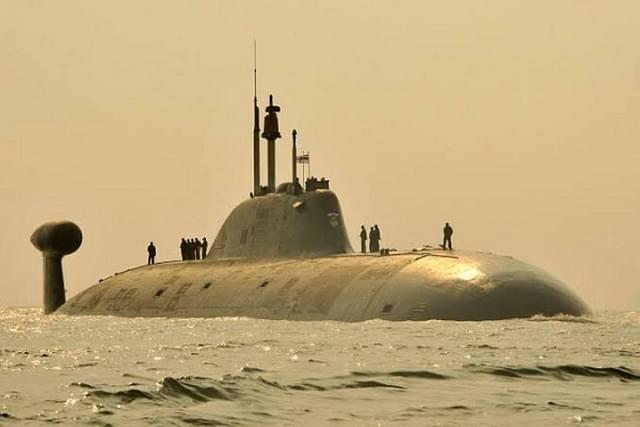
In 2019, India and Russia forged an agreement for the lease of an Akula-1 class nuclear-powered attack submarine from Russia, to be named Chakra III. This lease was set for a decade and was a significant development in India’s naval capabilities. However, amid the ongoing Russia-Ukraine conflict and Western sanctions on Russian entities, the deal has hit an impasse. The majority of payments from India for the lease have not been processed, raising questions about the fate of the Chakra III lease.
The Chakra III deal included the lease of an Akula-1 class nuclear attack submarine from Russia, with the delivery to the Indian Navy scheduled for 2025. This submarine was set to be the third Russian nuclear attack submarine leased to the Indian Navy. The agreement also covered the refurbishment of the submarine, incorporating Indian communication and sensor systems, as well as providing spare support and the technical infrastructure required for its operations.
Continue readingSOURCE: RAUNAK KUNDE / NEWS BEAT / IDRW.ORG

Hindustan Aeronautics Limited (HAL) has undertaken significant improvements to the auto-pilot system of its 3-ton Light Utility Helicopter (LUH). Fresh trials are underway to showcase these enhancements, to secure orders from the Indian Army and Indian Air Force. HAL has already received a Letter of Intent from the services for the production of 12 LUHs, a homegrown helicopter designed and developed in India.
The Indian Army has plans to procure a substantial order of 110 LUHs, pending a comprehensive evaluation of the initial six versions of HAL’s light utility chopper that the Army is set to receive. It is expected that bulk orders for LUHs will be placed in 2024, paving the way for deliveries commencing in 2026.
Continue readingSOURCE: RAUNAK KUNDE / NEWS BEAT / IDRW.ORG
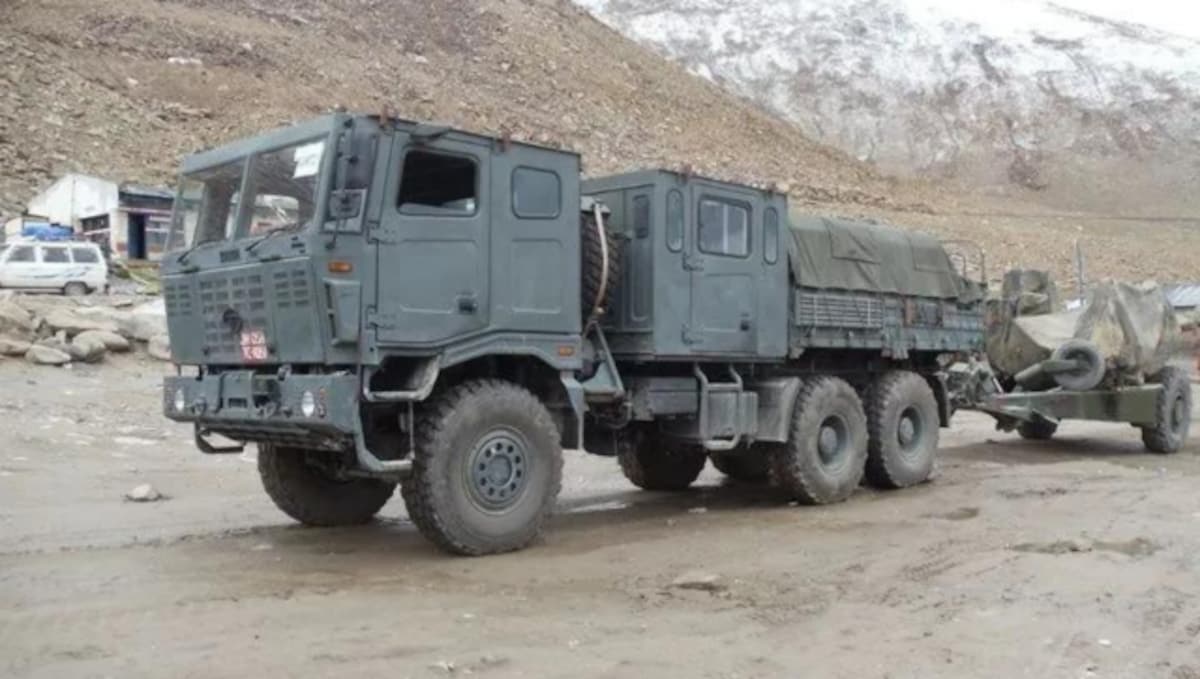
The Indian Army has taken a significant step towards enhancing its artillery support capabilities by issuing a Request for Information (RFI) for the procurement of High Mobility Vehicles (HMV) 6×6. These specialized vehicles, known as Gun Towing Vehicles (GTV), are crucial in providing the necessary mobility and logistical support for heavy artillery units.
The RFI outlines several key parameters for the Gun Towing Vehicle, which are pivotal to its effectiveness in supporting heavy artillery units:
Continue readingSOURCE: RAUNAK KUNDE / NEWS BEAT / IDRW.ORG
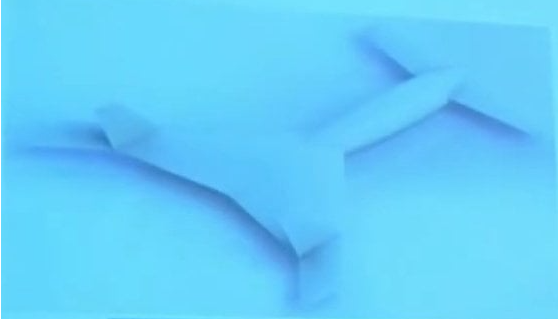
The National Aerospace Laboratories (NAL) in India is at the forefront of cutting-edge technology development, and their latest innovation is poised to make a significant impact on military operations. NAL is working on an Autonomous Fire and Forget UAV Loitering Munition, a weapon system that is akin to the Iranian Shahed 136-class loitering munition, which has gained prominence in recent conflicts, including the Ukraine war involving Russia.
This advanced technology promises an impressive range, endurance, and autonomous capabilities that could reshape the landscape of modern warfare.
Continue readingSOURCE: RAUNAK KUNDE / NEWS BEAT / IDRW.ORG

In a surprising turn of events, Russia’s prominent arms export company, Rosoboronexport, has acknowledged its limitations in delivering military equipment to overseas clients. The primary reason for this setback is Russia’s urgent need to focus on its campaign in Ukraine, where it has encountered repeated challenges. This revelation, made through an official press release on October 19, has raised eyebrows in the global arms trade arena.
One of the key repercussions of this shift in priorities is seen in the context of India’s Su-30MKI fighter jet upgrade program. Rosoboronexport, which initially proposed an all-Russian hardware configuration for the “Super 30” upgrade, has had to yield to India’s HAL (Hindustan Aeronautics Limited) proposed “Super 30” upgrade configuration. This new configuration will involve the replacement of major components and equipment on India’s fleet of 272 Su-30MKI jets with Indian-made counterparts.
Continue readingSOURCE: RAUNAK KUNDE / NEWS BEAT / IDRW.ORG
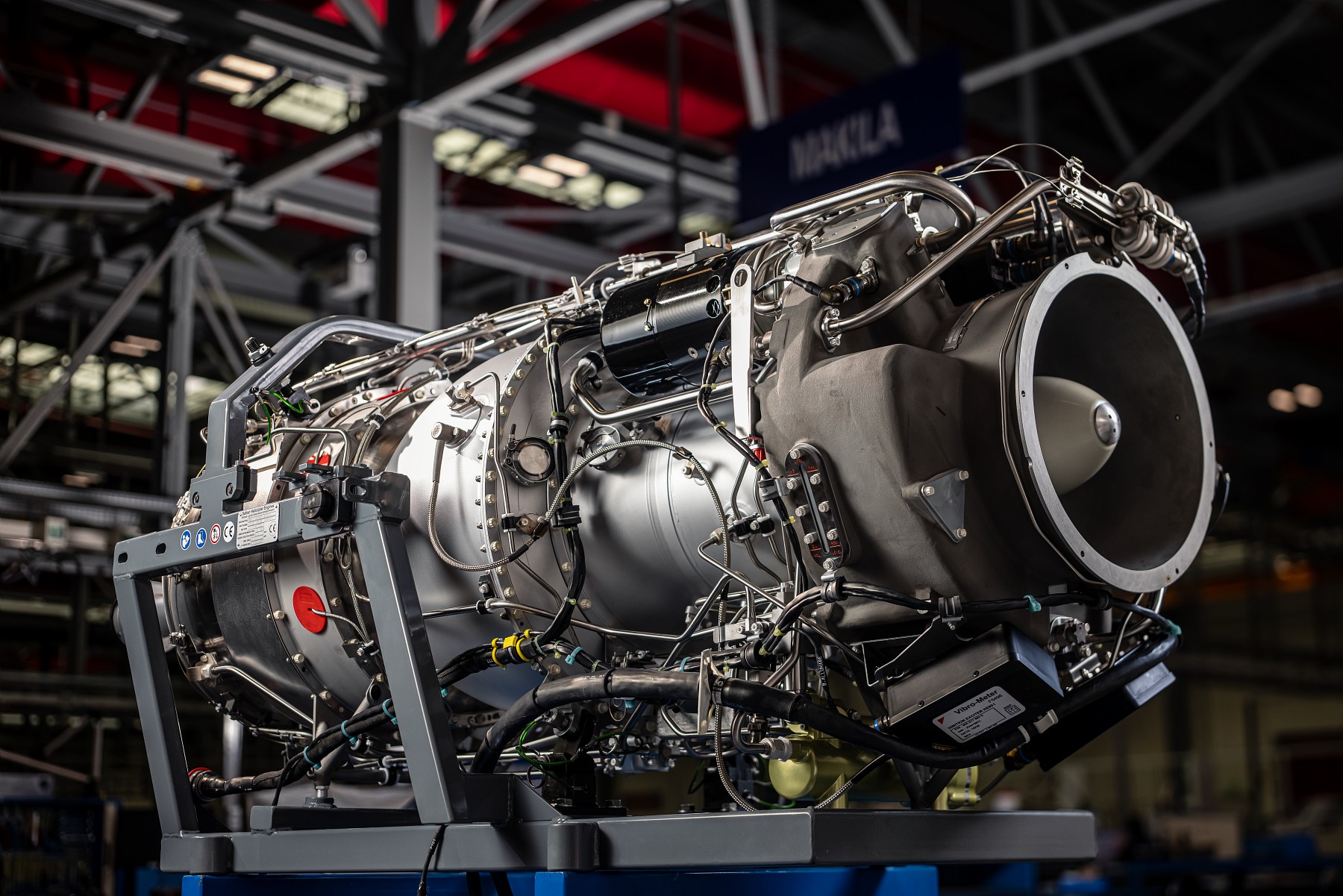
In a significant step toward enhancing India’s defence capabilities, Safran, the French aerospace and defence company, and Hindustan Aeronautics Limited (HAL), India’s premier aerospace company, are set to initiate a joint venture (JV) for the development of a new engine for the 13-ton Indian Multi-Role Helicopter (IMRH) program. This collaborative effort is poised to commence next month, with HAL’s Tumakuru facility serving as the hub for the engine’s development activities. The venture promises to be a game-changer for India’s defence capabilities.
In the Safran-HAL partnership, the workload is evenly split, with both companies contributing equally, sharing a 50:50 work share. The partnership is aimed at equipping the IMRH program with a cutting-edge engine that meets the unique and demanding requirements set by the Indian military.
Continue readingSOURCE: RAUNAK KUNDE / NEWS BEAT / IDRW.ORG

Hindustan Aeronautics Limited (HAL), India’s leading aerospace and defence company, is on a mission to ramp up the production of Tejas Mk1A fighter aircraft, a potent symbol of India’s indigenously developed military technology. In an interview with Hindustan Times, HAL Chief CB Ananthakrishnan outlined the company’s ambitious plan to increase Tejas production from the current 16 aircraft per year to 24 by 2025-26, with an ultimate goal of reaching a remarkable 30 units annually.
HAL’s plan to boost Tejas production revolves around close collaboration with private sector companies specializing in manufacturing aircraft components. Talks are already underway to enlist the support of these private sector partners to enhance production as the number of Tejas aircraft soar.
Continue readingSOURCE: RAUNAK KUNDE / NEWS BEAT / IDRW.ORG
The Indian Air Force (IAF) is poised to make a strategic decision to further expand its procurement of the Meteor missile, a European active radar-guided beyond-visual-range air-to-air missile (BVRAAM). This expansion comes in response to the delay in the development and production of the Solid Fuel Ducted Ramjet (SFDR), also known as Astra Mk3, by the Defence Research and Development Organisation (DRDO).
Astra Mk3, which was expected to enhance India’s air-to-air missile capabilities, is still five to six years away from entering production and is yet to undergo airborne developmental trials. The integration of the Meteor missile onto Indian platforms had initially faced challenges, but with the development of indigenous radar systems, these hurdles are being overcome, enabling the IAF to equip a broader range of aircraft with this formidable BVRAAM.
Continue readingSOURCE: RAUNAK KUNDE / NEWS BEAT / IDRW.ORG
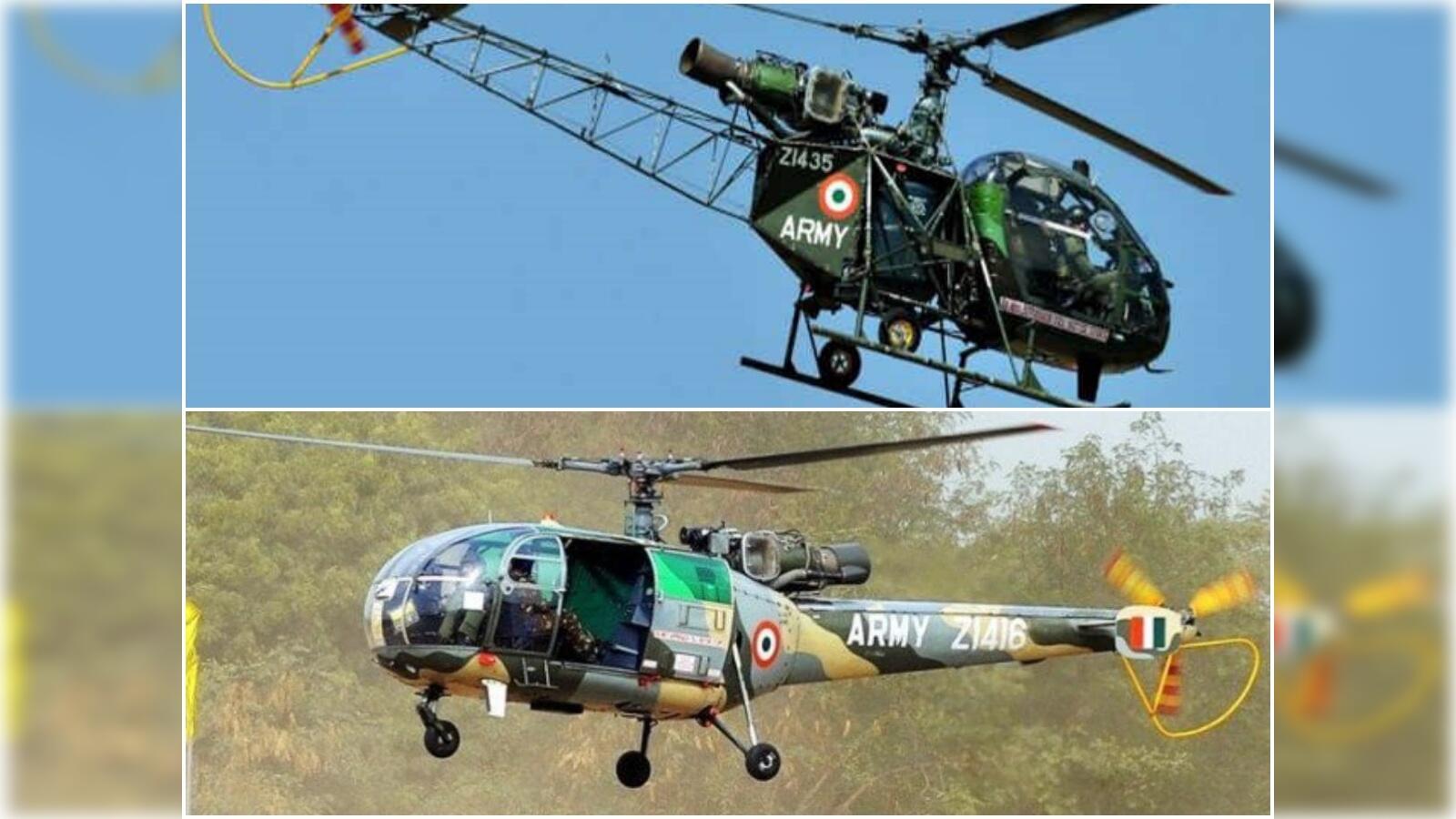
The Indian Army Aviation Corps, operating a fleet of nearly 200 Cheetah and Chetak helicopters dating back to the 1970s, is set to initiate their phase-out starting in 2027. These ageing helicopters will be replaced by the HAL-developed LUH (Light Utility Helicopter). In the first phase, approximately 50 Cheetah and Chetak helicopters that have exceeded their Total Technical Life (TTL) will be gradually retired. However, the remaining fleet is expected to continue in service until at least 2033, even though 70 per cent of these helicopters are over 30 years old.
Both the Indian Air Force (IAF) and the Army Aviation Corps (AAC) have been using Chetak and Cheetah helicopters for various missions, including the transportation of personnel and equipment, casualty evacuation, search and rescue operations, aerial surveys, patrolling, and off-shore and under-slung military operations. The IAF and AAC collectively operate between 60 to 120 of these helicopters.
Continue readingSOURCE: RAUNAK KUNDE / NEWS BEAT / IDRW.ORG

Hindustan Aeronautics Limited (HAL), India’s leading aerospace and defence company, is engaged in discussions with the Philippines regarding the potential sale of 20 ALH-Dhruv helicopters. This move signifies a significant step in the expansion of HAL’s footprint in the international market.
HAL Chairman and Managing Director, CB Ananthakrishnan, has confirmed that talks are in progress, highlighting the growing interest in Indian-made helicopters from abroad. People familiar with the matter have said that the Philippines is looking to procure Maritime variants for SAR and Marine Reconnaissance (MR) missions of the ALH-Dhruv Helicopters.
Continue reading